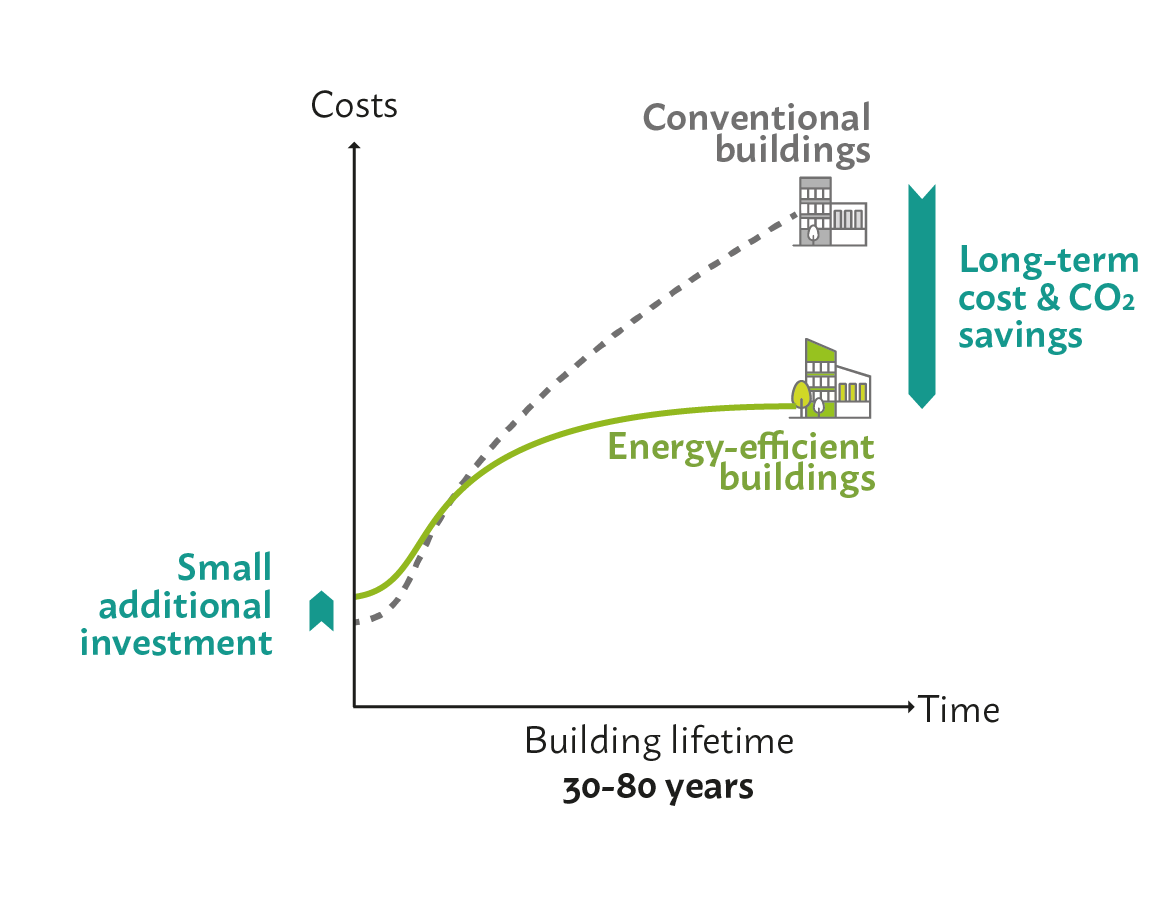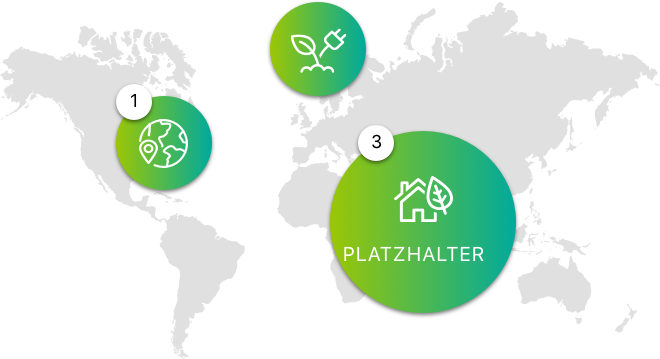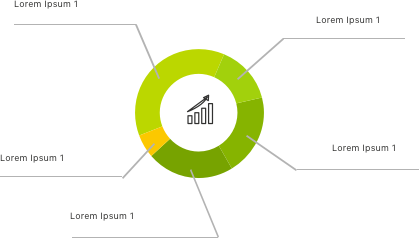In the building sector, all trends are pointing upwards, with dramatic consequences for the climate. By 2060, buildings sector floor area will double. Emerging and developing economies in warm and tropical climates will experience the biggest increase. Already today, the construction and operation of buildings is responsible for 38% of the total energy-related carbon dioxide emissions. The sector consumes over a third of global final energy. The building sector is a sleeping giant for climate mitigation and adaptation. The Programme for Energy Efficiency in Buildings (PEEB) aims to transform the building sector by promoting sustainable building design and construction. PEEB combines financing for energy efficiency in large-scale projects with technical assistance through policy advice. PEEB mobilizes innovative financing solutions for large building projects, such as hospitals or schools, but also large national green building programmes. The programme supports its partner countries to make policies, standards and NDCs more ambitious and effective to channel investments towards green buildings. Capacity-building for professionals and decision-makers in the buildings sector prepares the ground for investments. PEEB is catalysed by the Global Alliance for Buildings and Construction (GlobalABC) and supports the implementation of the GlobalABC roadmap “Towards low GHG and resilient buildings”. The programme was initiated by the governments of France and Germany at COP22. It combines the expertise of its implementing agencies Agence Française de Développement (AFD), Deutsche Gesellschaft für Internationale Zusammenarbeit (GIZ), and Agence de la Transition Écologique (ADEME). Climate action in buildings and construction is among the most cost-effective measures. Better and more energy-efficient buildings help to reduce energy demand and greenhouse gas emissions and can even save money. The International Energy Agency (IEA) estimates that realizing the potential of sustainable buildings can save USD 1.1 trillion by 2050. Small additional investments can bring substantial savings over the lifetime of a building. Nevertheless, the real estate business is slow to change its way of doing things and mobilize small extra investments without external nudges in the form of legal obligations or incentives. By setting smart and effective criteria, policy and finance can channel investments towards green buildings. The construction sector is essential for an economic recovery after the Covid-19 crisis. It can rapidly create large amounts of jobs and involves far-reaching value chains of small and large businesses. In 2015, the sector accounted for 11-13% of global GDP. It is indeed a major employer: 7% of total global employment or 220 million jobs depend on it. The building sector holds the potential for a double win: providing a powerful tool to stimulate the economy, while moving the whole sector to a new and greener state. Governments used green building programmes to help recover from the past crises. With GlobalABC’s Work Area Finance, PEEB collected best practice examples of green stimulus programmes, as well as their excellent results in terms of job creation, figures and climate mitigation. Green building programmes can stimulate economic activity and create jobs, while simultaneously achieving environmental and social goals. Between 9–30 jobs in manufacturing and construction would be created for every million dollars invested in retrofits or efficiency measures in new builds. 53 countries mention energy efficient buildings in their NDCs, and 38 specifically call out building’s energy codes, but concrete targets and implementation are lacking. There is an urgent need for more effective and concrete NDC targets for buildings, combined with long-term strategies. This needs to be combined with more action to implement NDCs, through roadmaps with concrete steps, coordination and financing. PEEB supports the Government of Vietnam in developing and implementing an NDC implementation strategy for the building sector. PEEB works with the NDC Partnership to advocate for more effective NDCs for the building sector. Building on GlobalABC’s Guide for incorporating Building Actions in NDCs, PEEB and the Global Buildings Performance Network (GBPN) are developing an online toolkit for developing and implementing effective NDCs. Energy needs for space cooling could triple by 2050, especially in hot and tropical countries. Residential buildings are responsible for over two thirds of this increase. Global sales of air conditioning (AC) systems per year have nearly quadrupled since 1990. 2.8 billion people live in places with average daily temperatures above 25°C all year; yet, only 8% of them have an AC. “Cool buildings” need to be a key element of cooling strategies. If buildings are adapted to the local climate and use passive cooling techniques, they can keep cool naturally. Variations depend on the climate zone, the local building culture and building use. Simple measures can massively bring down the demand for mechanical cooling. Climate-adapted building envelopes, light colours for facades and roofs, windows, natural ventilation, orientation and vegetation offer large possibilities to reduce the energy demand for cooling. USD 5.9 trillion were invested globally into buildings and construction in 2019. Out of this, only USD 152 billion were directed towards energy-efficient construction. Green buildings and green buisness models are only slowly coming to the forefront in discussions about sustainable finance. Financing green buildings requires experience with how to structure projects to reach the required scale, as well as technical tools to measure sustainability criteria and climate mitigation and adaptation impacts of buildings. Development banks like AFD have a key role to play to trigger investments in green buildings. PEEB has strong experience in developing a pipeline for energy efficient building projects, including large-scale construction or renovation in key sectors like health or education, as well as national housing programmes, as in Morocco or Vietnam. Internationally, PEEB supports this as co-chair of GlobalABC’s Work Area Finance. PEEB combines financing for energy efficiency in large-scale projects with technical assistance through policy advice and expertise for building sector professionals. Financing for large-scale projects or financial incentive programmes can boost market development and reinforce regulation. By setting ambitious conditions for projects, financing ensures that policy standards are applied or exceeded, and knowledge is put into practice, and serve as a door-opener for higher policy ambition in NDCs and strategies. PEEB mobilises innovative financing solutions for large building projects. PEEB supports partner countries to improve their policies and standards. PEEB fosters expertise among professionals in the private and public sector. PEEB targets projects with a transformative character and high climate mitigation and adaptation potential. Residential housing programmes, hospitals, schools and commercial buildings are among the projects. PEEB focus is on new buildings, but also existing buildings where relevant. PEEB follows an avoid-shift-improve approach to reduce the energy consumption in buildings. Building designs adapted to local climates (e.g. building compactness, improved thermal building envelope, external shading) can significantly reduce the energy demand for cooling, heating and lighting, often at low-cost. Remaining cooling demands or other energy services can be met through efficient and low-carbon technologies (e.g. cooling equipment, urban energy solutions like district cooling). By viewing the video, you agree that your data will be transmitted to YouTube and that you have read the privacy policy. Low-carbon building materials, ideally sourced locally, such as wood, clay, recycled materials, low-carbon cement, are integrated where possible, to reduce embodied emissions. PEEB’s criteria ensure that projects not just adhere to the building codes and regulations in the respective country, but also apply the most efficient locally available technologies and systems to demonstrate the possibility for large-scale replication and duplications. FINANCING AND
POLICYOBJECTIVES
Impacts & Benefits
Transform the buildings sector by promoting sustainable building design and construction.
Lower the energy demand in buildings in a cost-effective manner and reduce greenhouse gas emissions to a minimum level
Leverage untapped social, ecological and economic benefits
Green Buildings for Economy and Climate

The building sector presents a massive – and largely unused – opportunity to respond to the climate crisis. Better design can reduce energy consumption and carbon dioxide emissions throughout the long lifespan of a building. Bioclimatic building designs and nature-based solutions are essential for climate adaptation. Green buildings are also comfortable and healthy for their inhabitants. PEEB Approach






